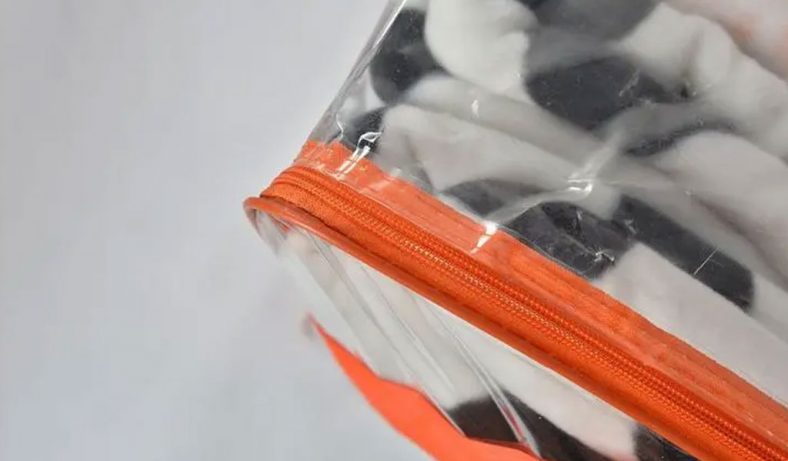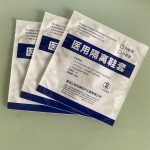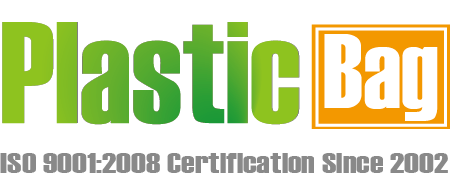
Sewing container bags is a versatile craft that merges functionality with creativity. These bags come in various shapes, sizes, and materials, catering to a wide range of purposes from storing goods to transporting items securely. The art of sewing container bags involves a blend of precise techniques, innovative designs, and attention to detail. Let’s delve into the methods and approaches that make this craft both practical and artistic.
1. Materials Selection:
The first step in sewing container bags is choosing the right materials. The selection varies based on the bag’s purpose. For durable grocery totes or storage bins, sturdy fabrics like canvas or heavy-duty nylon are preferred. For more lightweight and decorative bags, cotton or linen fabrics may be ideal. Other materials like zippers, Velcro, or buttons might also be incorporated based on design and functionality.
2. Pattern Making:
Creating a pattern is crucial for sewing container bags. It involves determining the bag’s dimensions, shape, and the number of pieces needed for assembly. This can be done by hand-drawing a pattern on paper or using software for precise measurements. Patterns ensure uniformity and accuracy in cutting the fabric pieces, making assembly easier and more efficient.
3. Cutting and Preparation:
After finalizing the pattern, the next step is cutting the fabric according to the outlined measurements. Accuracy is key here, as precise cuts ensure the pieces fit together seamlessly during the sewing process. Additionally, preparing other components like straps, pockets, or decorative elements should be considered before assembly.
4. Assembly Techniques:
Sewing container bags involves various techniques depending on the design complexity. Basic techniques like straight stitching, backstitching, and seam finishing are fundamental. More advanced methods such as box pleats, gussets, or adding linings require additional skill and attention to detail. The choice of technique determines the bag’s durability, functionality, and aesthetic appeal.
5. Embellishments and Customizations:
This is where creativity flourishes. Adding embellishments like appliques, embroidery, or decorative trims enhances the visual appeal of the bag. Customizations such as pockets, compartments, or adjustable straps cater to specific user needs. These elements not only elevate the bag’s appearance but also increase its utility and uniqueness.
6. Finishing Touches:
Once the bag is assembled and customized, giving attention to finishing touches is essential. Checking for loose threads, reinforcing seams, and ensuring proper closures (zippers, snaps, etc.) guarantee a high-quality end product. Pressing or ironing the finished bag provides a polished appearance, making it ready for use or display.
Conclusion:
Sewing container bags is a craft that blends practicality with artistic expression. From material selection to finishing touches, each step requires attention to detail and skillful execution. Whether it’s a simple grocery tote or an intricately designed storage bin, the methods employed in sewing container bags showcase the fusion of functionality and creativity, making them both utilitarian and visually appealing. Embrace the art of sewing container bags, and let your imagination flow to create unique and practical masterpieces.









